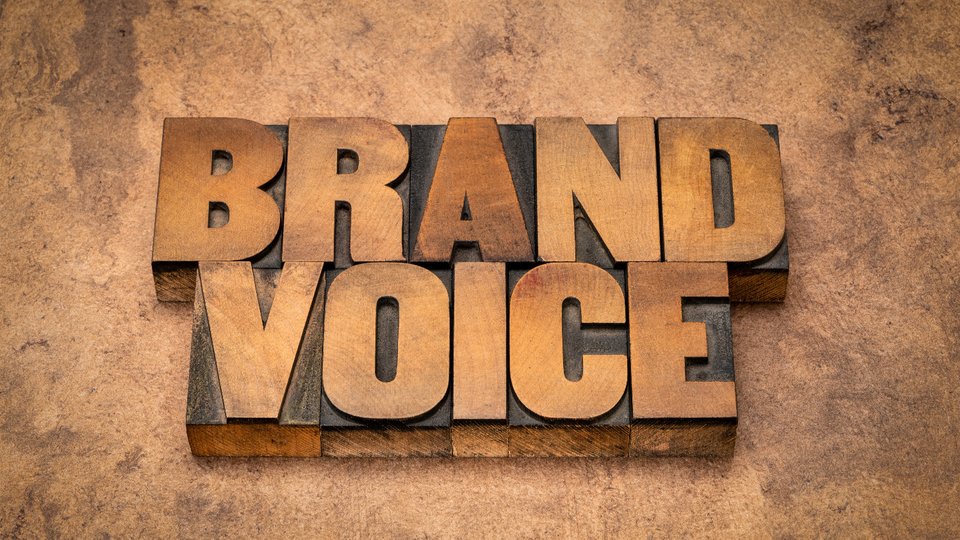Customer Service
Creating an engaging customer experience with an authentic brand voice
Although a seemingly straightforward task, selecting a voice to represent your company takes time and thought. With more options arriving every day, particularly with the advent of AI, companies suddenly find themselves with a wealth of options.

October 17, 2023 by Fara Haron — Regional CEO, Majorel
We've all heard it: The automated voice you hear on the other end of the line when you call a customer service line. It could be the voice that plays when you call a restaurant to check their hours, your doctor to schedule an appointment, or a department store to check if the shoes you want are in stock.
While we may think of this voice as generic, it's not just any old voice. The interactive voice response has been around since the 1930s, when Bell Labs invented a device to synthesize the human voice for the first time.
Although a seemingly straightforward task, selecting a voice to represent your company takes time and thought. With more options arriving every day, particularly with the advent of AI, companies suddenly find themselves with a wealth of options.
There are many ways to build a brand, and voice personas are just the tip of the iceberg.
The voice of the company
A truly customer-centric organization will spend countless hours trying to figure out the best voice "persona" to represent their brand. In addition, customer-minded companies also consider the filler noise you may hear on a call, like typing sounds when you press a button, or certain types of music when a customer service system is working to find an answer for you.
Female voices are largely considered more "soothing" than male voices, making them the go-to choice for companies to start off customer interactions. Particularly in industries already rife with stress, companies should lean towards the most calming option possible to assuage subconscious concerns before they arise. For companies in industries that require to-the-point interactions, they may lean towards the more "authoritative" or "forceful" male voice options.
Beyond that, they can be chosen to simply cater to a demographic: a female voice for a female clothing company, or a male voice for a clothing store catering to men. Though it may seem inconsequential to the customer on the other end of the line, a lot of thought and care should go into choosing the voice that best serves the demographic and intent of your customer base calling in, even if it's as simple as making sure you have a UK accent if you serve a UK demographic.
Once a voice has been selected, whether it be feminine or masculine, companies then choose from an additional variety of options: personalized human voice recordings, existing voice recordings, text to speech, or a combination of those choices. Personalized voice recordings are becoming infinitely more common as almost all organizations have the ability to make those recordings — think of when you call your local dentist's office and hear the voice of one of the employees giving you their hours, payment instructions, and address. A personalized recording alone is generally less flexible, because of the finite number of recorded options. Organizations will often opt to combine these personalized recordings with TTS, so while recording may lead off the call, TTS takes over in instances when information needs to be repeated back to the caller.
Building your brand
Another key place where a voice persona comes into play is social media. With conversational marketing at the top of every brand strategy, 70% of customers say they expect a conversational experience from the brands they interact with. In order to achieve this, retailers should strive for authenticity and personalization instead of generic, generalized responses.
To be authentic, not only should organizations choose the voice that best represents their demographic, they should also make sure their voice personas have a human touch that comes across with empathy. This could be an ideal place for personalized recordings, niche references, and honing in on the voice your customers relate to the most. Social media interactions are a great sounding board to see what sticks, so that organizations can be sure they're speaking directly to their customer base, rather than generically to any person who may stumble across their social media.
Perhaps the most important thing to remember when building a brand voice on social media is the "conversational" part. When information flows two ways, rather than just a customer complaining to an empty space or a brand putting out statements with no input, customers will feel heard, and therefore connect to the voice that's "hearing them."
The voice of the representative
While customer service is being transformed by huge advances in technology, as seen in sophisticated voice technology and more interactions taking place on social media, the live human voice will always be just as important. Training your customer service representatives to be brand ambassadors who are highly attuned to the brand voice can be a strong differentiator against competitors.
Retailers should look to create customer service representatives that are "super fans" of the brand, and immerse them in the product or service they are offering. By using the product in their everyday lives, they can increase their overall product knowledge and familiarity which is invaluable tool to have during customer interactions when they serve as the voice of the company. This also aids in the use of storytelling tactics when engaging with customers. Representatives should be able to describe the product they're selling through stories, analogies, and personal experiences. As a result, they can gain the customer's trust, serve as the true voice of the company, and ultimately foster an engaging customer experience.
Whether it's IVR voice personas, social media engagement or customer service representatives, the way a retailer conveys its brand voice is critical in driving a positive customer experience. A retailer's brand voice can come through in multiple avenues, but it should always be true to the brand itself and the customers it serves.
About Fara Haron
Fara graduated with a Bachelor of Business, majoring in Accounting, from the RMIT University in Melbourne, Australia. She started her career in 1999 as a consultant with Accenture in Malaysia, with a focus on the communication and high tech industry, before moving to Accenture in Canada. In 2019, she was appointed the Regional CEO for North America, Ireland and Southeast Asia as well as the EVP for Global Clients for Majorel.





